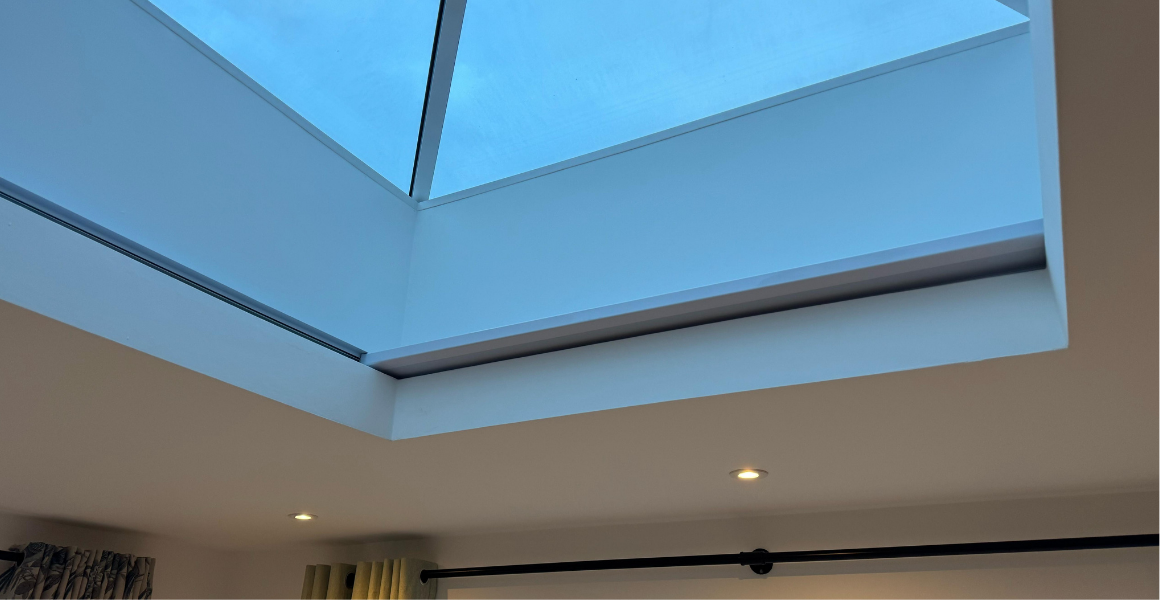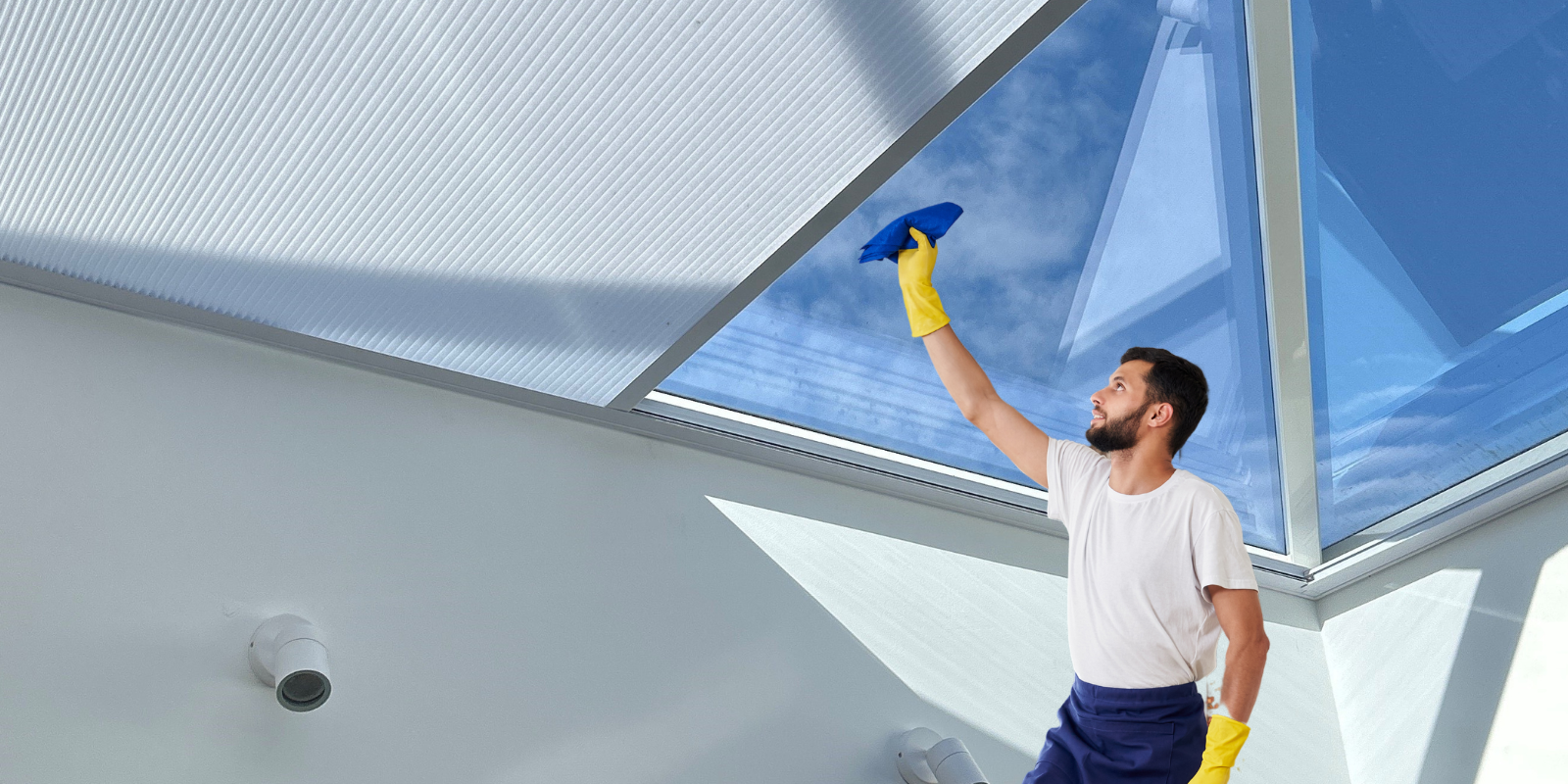Can An Orangery Be Used As a Bedroom?
Orangeries: Using a Home Extension As a Bedroom
Are you wondering whether or not your orangery could double as a bedroom? Here's what you need to know about using this home extension as a bedroom.
Orangeries were originally used as a home extension to protect valuable citrus trees during the UK's harsh winter months.
But, in an era where we're spending a lot of our spare time in our beds, why not use the same concept to protect your wellbeing?
So, should you consider using an Orangery as a bedroom?
By the end of this article, you'll know.
What is an Orangery?
Before modern farming enabled us to have any type of fruit at any point in the year, access and options relied heavily on location and wealth. In the UK citrus was a luxury Mediterranean delicacy.
Only the elite was able to harvest citrus. Due to the less-than-ideal climate of the northern hemisphere, the rich created Orangeries to house their citrus. An Orangery is like a greenhouse that's attached to your house.
For a room to be classified as an orangery, less than 75% of the roofing and less than 50% of the wall space can be made of glass. The use of more glass changes the designation of a room to a conservatory.
It's heavily windowed and houses plants. But, and Orangery is slightly more #liveable# than a greenhouse. Meaning it's more versatile than a traditional conservatory or greenhouse. They have high ceilings, are open, tidy, and warm.
Can an Orangery Home Extension Be Used as a Bedroom?
The short answer is: why not? You can technically turn any type of room into a bedroom with enough imagination (bathroom, bedroom, anyone?).
An Orangery would be the perfect bedroom for someone who loves nature and wants their circadian rhythm to match the natural world they live in. It's also possible to use curtains and blinds to block out the sun and flow to your own beat.
Unlike greenhouses or conservatories, orangeries are more insulated. This is due to the type of roofing used, the use of brick, and the use of glass or polycarbonate panels. This creates more consistent and controllable climates.
Orangeries are also fairly well ventilated. The light and warmth provided by an orangery can also help you save on energy bills. This makes orangeries more comfortable environments to sleep in.
An orangery can be a designated bedroom or a multipurpose room that you can convert into a guest room (by using fold-away furniture). An orangery can be used just like an extra room, adding value to your home. Space makes the need for future home add-ons less likely.
Sun and Plants in the Home Can Be Good for Your Health
Biophilic design is less of an architectural and interior design trend, and more of an evolution of how we live. What is it? It's the formal term for the concept of integrating the natural world into our homes and cities.
More people are seeking homes that offer green spaces, are made from health-conscious materials, and that operate sustainably. More importantly, people want nature integrated into their homes because it makes them feel good. Proper use of an orangery can offer all of these things.
There are more studies being published that point to the proven benefits of biophilic design on human health. From the cognitive ability to a reduction in depression, access to cleaner foods (through urban gardening), decreased indoor pollution, and energy conservation (from alternative energy sources).
One study found that children who were exposed more to nature suffered from 55% fewer mental health problems. The COVID-19 pandemic has highlighted our need to have natural space easily accessible to us and the need for more health-conscious living environments.
Creative Bedroom Options
If you want a creative, elegant bedroom that's immersed in nature, transforming this traditional home extension is a great choice. But, to make the best use of your Orangery, you'll need the right blinds.
Start creating the bedroom of your dreams now! View our blind options.
By Naomi Showman






























































